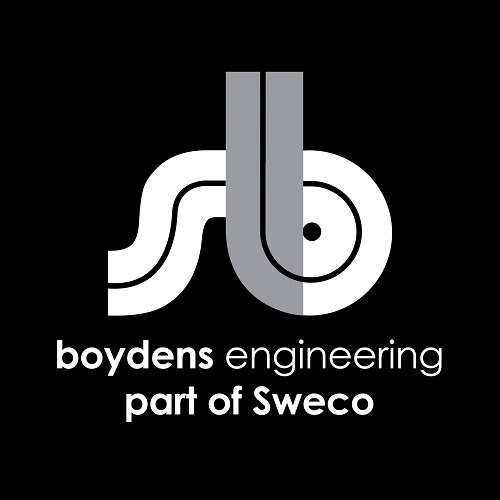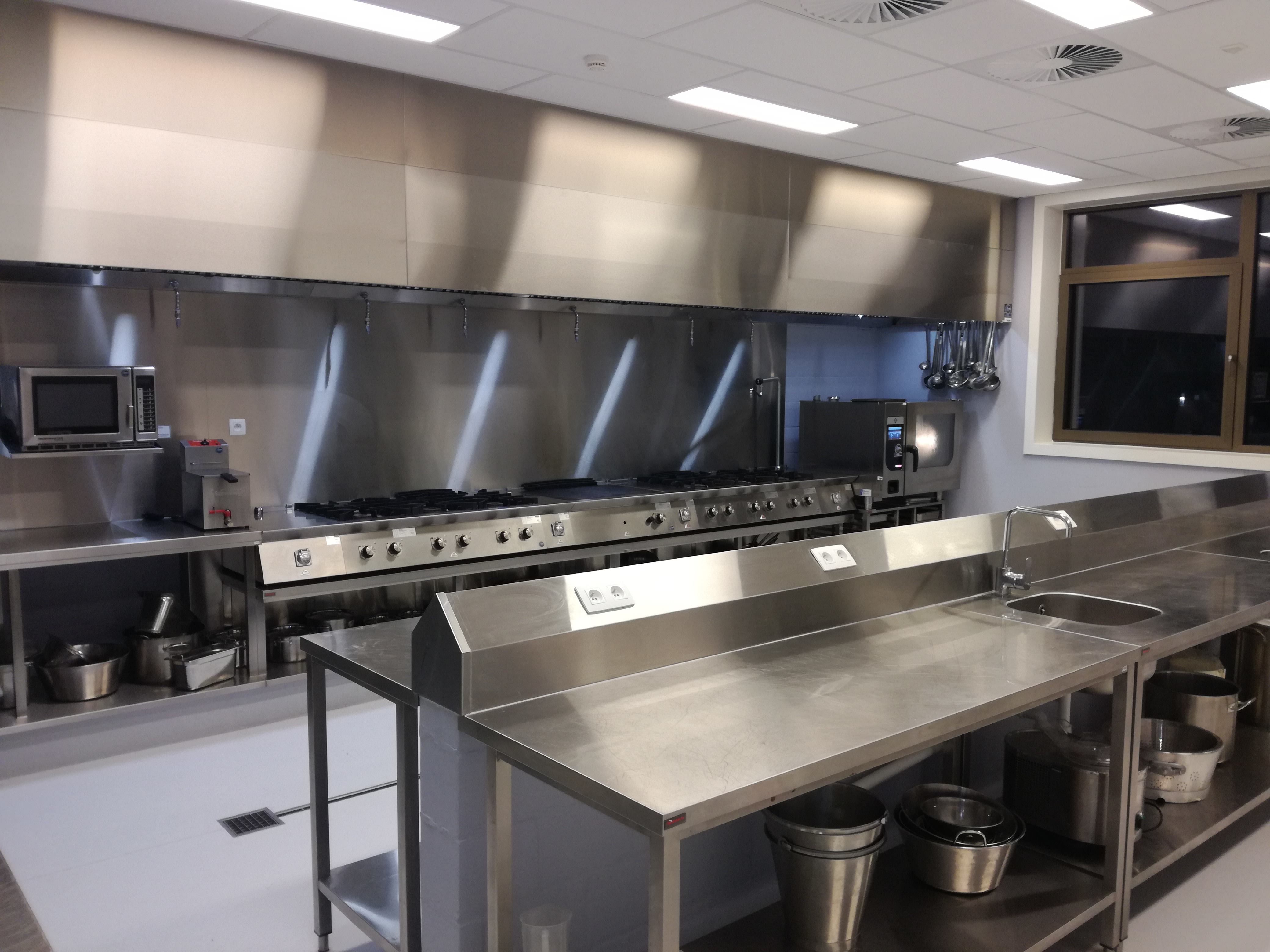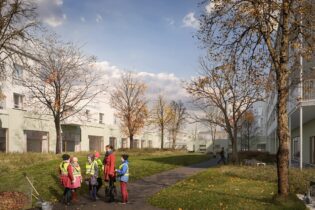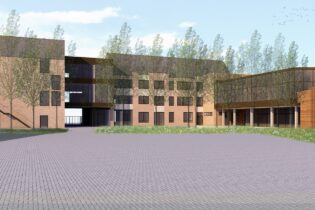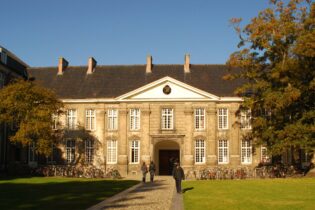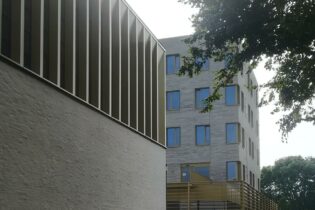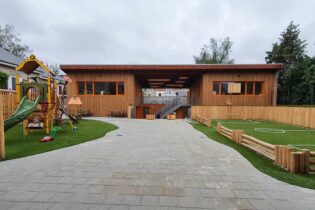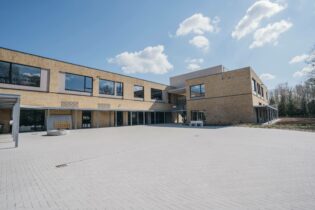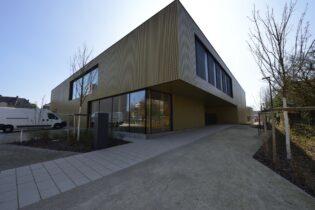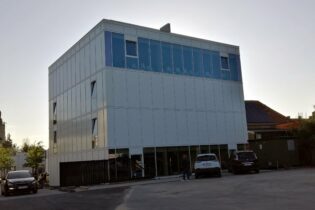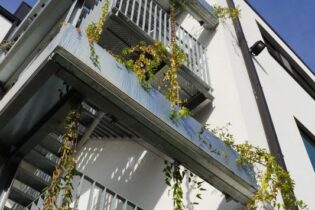Foodbox hotel school GO!
Oostende, Belgium, Europe
| Total technical installations cost: | +/- € 930.000,00 VAT excluded |
| Total construction cost: | +/- € 2.500.000,00 VAT excluded |
| K Level / Energy class : | 33 (K level) |
Since 2019 the practical lessons for “hotel” students have been taking place in the new ‘Foodbox’ of the Ensor Institute in Ostend. The didactic restaurant with an open kitchen and a terrace on the top floor of the building is open to everyone. On the ground floor are the reception, cold storages, changing rooms and central sanitary facilities located.
On the 1st floor there are 4 teaching kitchens around a central multifunctional space and subsequently the central technical rooms. Every kitchen is equipped with the latest professional kitchen appliances.
From the start of the design, the mutual aim of the design team was to create a volume that was as compact as possible, with special attention to the location of the various rooms and their functions in relation to each other.
The realization of a compact building is crucial to minimize energy losses and to keep the running lines as short as possible between the various rooms, which benefits efficient everyday operation.
The kitchens are equipped with induction hoods. A part of the replacement air is blown directly in under the kitchen hood. The remaining air is blown conditioned into the kitchen. The result is that the air that is blown in directly does not have to be heated to room temperature, as the persons present do not come into contact with this air.
Infrastructure in the education sector is generally expected to have a long lifespan and low operating and maintenance costs. With a payback time of ± 3 to 4 years compared to a traditional kitchen hood where all the replacement air is blown into the room, this was a nice energy-saving measure .
With an elevator offering room for 10 people, the building is not only accessible to everyone, but can also be used as a freight elevator. The interior of the elevator was adjusted to this feature.
In the shaft a ventilation of 1% of the shaft surface is required. With a blue kit, energy losses due to this shaft ventilation are reduced. In addition, the lift was equipped with energy-efficient engines.
Another point of attention is a proper security and fire detection system. The hoods all have an automatic extinguishing system. In addition, a fire alarm system with adapted components according to the local situation has been used throughout the entire building. Escape routes were equipped with safety lighting and anti-panic lighting. A burglary alarm installation was indispensable because of the expensive equipment.
Unique in the education sector is the significant difference in occupancy depending on the time and the time of year. On this basis, several sustainable techniques were used including a mechanical ventilation system D. With balanced ventilation, both the supply and discharge take place mechanically via a network of ventilation ducts and fans. These are located in the suspended ceiling. The exhausted air heats the supplied (cold) air due to a heat exchanger.
Because the supplied air is heated, it enters the rooms at a pleasant temperature and a comfortable interior comfort is created. Moreover, by recovering the heat, energy consumption drops, resulting in a lower energy bill.
Finally, since the supplied air is also filtered, dust, pollution or pollen remain outside.
The heating and ventilation can be controlled per floor via the building management system in order to limit consumption.
